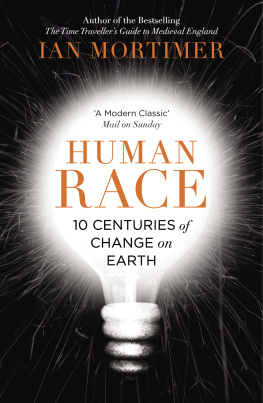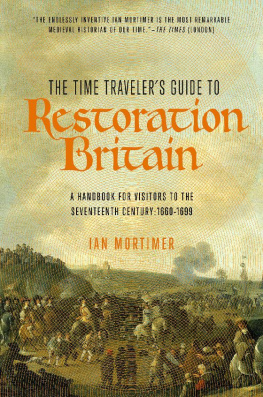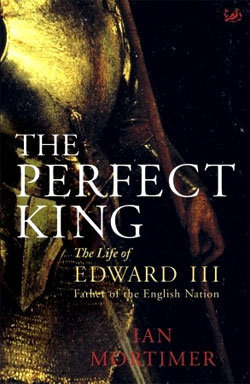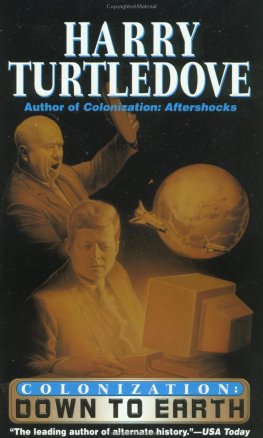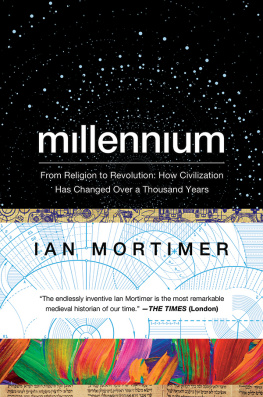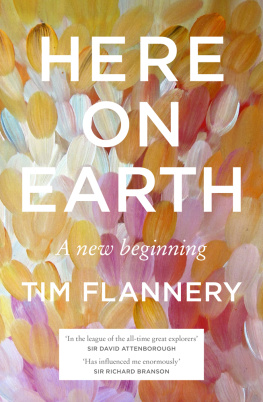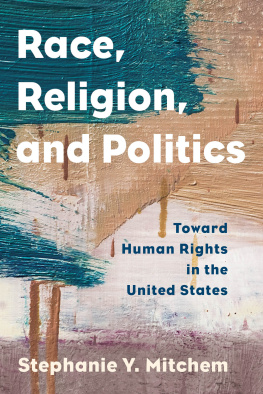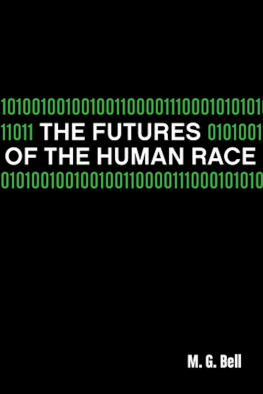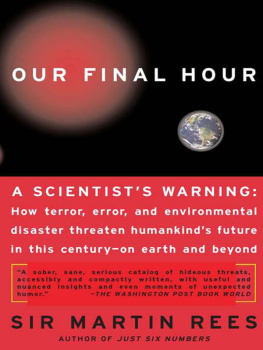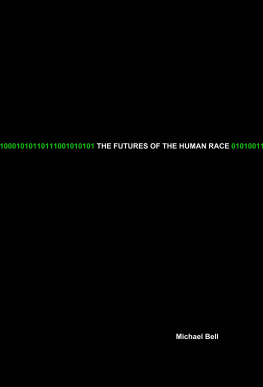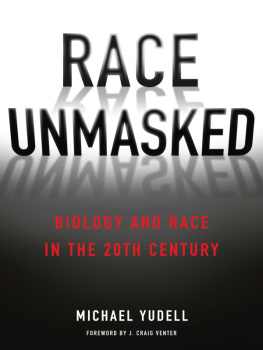Contents
ALSO BY IAN MORTIMER
AND AVAILABLE FROM VINTAGE
The Greatest Traitor: The Life of Roger Mortimer,
1st Earl of March, Ruler of England, 13271330
The Perfect King:
The Life of Edward III, Father of the English
Nation
The Fears of Henry IV: The Life of Englands
Self-made King
1415: Henry Vs Year of Glory
In the Time Travellers Guide Series
The Time Travellers Guide to Medieval England:
A Handbook for Visitors to the Fourteenth
Century
The Time Travellers Guide to Elizabethan
England
To my children
and all my descendants.
This is the book I feel I was born to write.
That doesnt mean it is the book you were born to read
but it might help.

Moretonhampstead in Devon. In the Middle Ages the manor was inaccessible to wheeledtransport. The incorporation of such places within the Latin world, through the constructionof churches, is one of the most significant changes of the eleventh century.

Exeter Castle, constructed byWilliam the Conqueror in 1068.William found Saxon Englandundefended by castles and thusrelatively easy to conquer. Suchfortifications secured a strongerpolitical relationship betweenleadership and the land.

Speyer Cathedral, built between 1030 and 1106. A massive construction for its time, its chiefpurpose was to demonstrate the power of the Holy Roman Emperors at a time whenthey were losing authority to the pope.

The late twelfth-century mural from Chaldon Church in Surrey, depicting the judgementand torment of souls. In the twelfth century the doctrine of Purgatory emerged: peoplestarted to believe they were not sent directly to Heaven or Hell but could redeemthemselves through good works and prayer.

An Arab physicianperforming a bleeding,c.1240. Over the course ofthe twelfth century a largenumber of medical textsfrom the ancient worldwere translated from theArabic in libraries aroundthe Mediterranean. InSalerno, translations gaverise to an early universityspecialising in medicine.

Part of an earlythirteenth-centurystained glass windowin Chartres Cathedral,depicting a winemerchant transportinga barrel of wine in acart. At this periodtrade was flourishingacross the Continent.

The Hereford world map, drawn by Richard of Haldingham about 1290. It is a spatialrepresentation of knowledge rather than a true map. Jerusalem lies at the centre, the RedSea top right, the British Isles bottom left, and the straits of Gibraltar at the bottom. Threequarters of this world Asia and Africa lay outside Christendom and were practicallyunknown to its author.

A cadaver effigy in Exeter Cathedral.The Black Death forced people to rethinktheir relationship with God. Many leadingfigures built reminders of death like this asdemonstrations of their earthly humilityand awareness of their sinful state.

The golden rose of Pope John XXII, madeby Minucchio da Siena in 1330. Golden roseswere mystical gifts given by the pope eachyear to a deserving prince or lord, or afavoured church. The craftsmanship anddelicacy of the rose is a marked contrastto our widespread assumptions aboutculture on the eve of the Hundred YearsWar and the Black Death.

The earliest imageof a cannon, from thetreatise on kingshipwritten in 1326 byWalter de Milemete forthe young Edward III.Edward as a king didmore than any otherruler of his age toencourage projectilewarfare, including theconstruction of gunemplacements at hiscastles in southernEngland.

Commonly known as Portraitof a Man in a Turban, this isvery probably a self-portrait.Johannes van Eyck dated it21 October 1433, a year beforehe painted The ArnolfiniMarriage, which openlyshows a glass mirror in thebackground. Glass mirrorsare one of the mostunderrated technologicalinnovations of the MiddleAges, having an impacton everything from visualperspective to individualism.

A printing press, from a book printedin 1498. In 1620 Francis Bacon declaredthat printing, along with gunpowderand the compass, had changed theworld. By then he was right, but in itsearly days printing produced lavishbooks in Latin which few could readand even fewer could afford. It was notuntil the Bible was printed in thevernacular languages that the changereally got under way.

The late fifteenth-century clock in thechapel at Cotehele House, Cornwall.Over the course of the late Middle Ages,time shifted from a natural, God-givenstate of reckoning to a secular, machinemeasuredone. The hour became thefirst internationally recognised unit ofstandardisation.

Portrait of Columbus bySebastiano del Piombo.He may have been abrutal tyrant to thepeople of the WestIndies but Columbusslegacy was of supremeimportance in thehistory of the world,demonstrating theinadequacy of ancientknowledge as well asthe wealth of theundiscovered world.

Map of the world from Abraham Orteliuss Theatrum Orbis Terrarum (1570). This was the firstpublished map to use Mercators projection. Compare it to the Hereford world map ofc.1290 and you can see what great strides were made in the discovery and recordingof the world in the fifteenth and sixteenth centuries.
Next page
